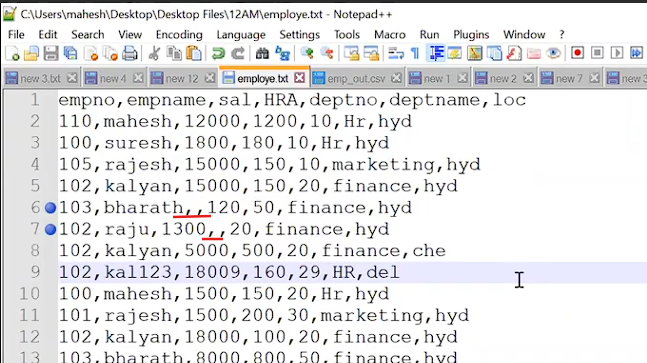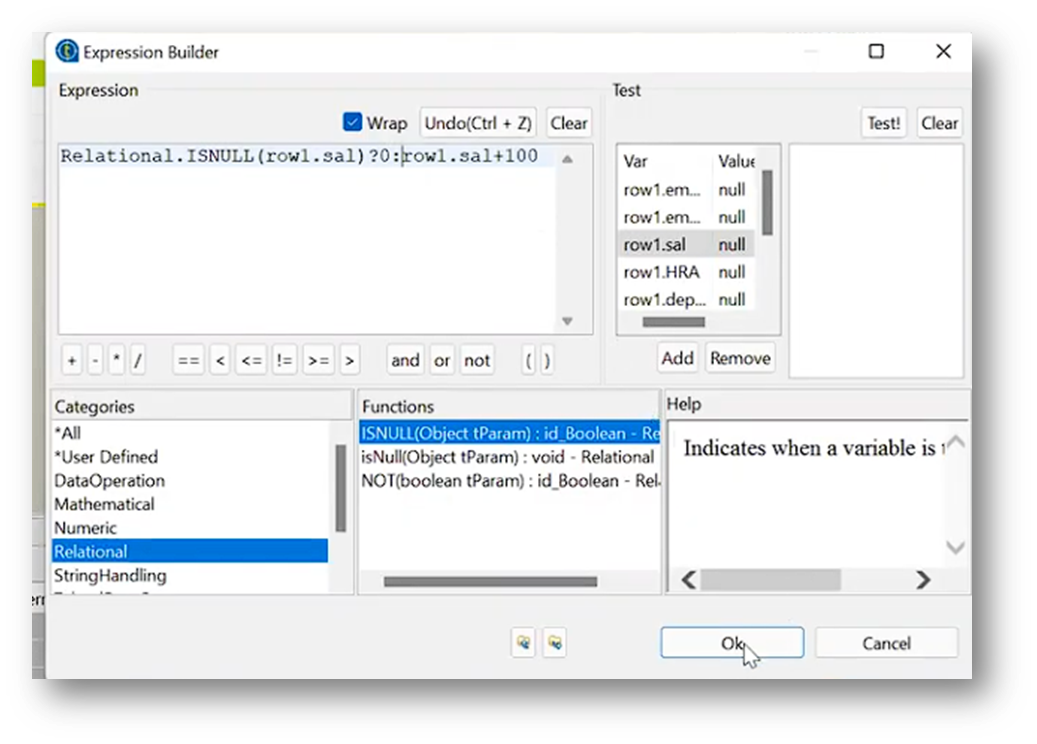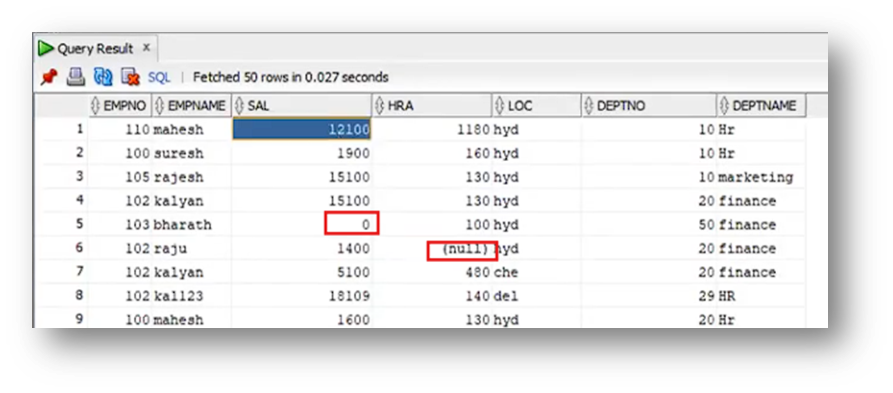Null Pointer Exception: Causes, Examples, and Solution
Celestinfo Software Solutions Pvt. Ltd.
•
Aug 20, 2025
Talend jobs run on top of Java. The heap memory is the portion of RAM allocated to the JVM to store objects created during job execution.
Introduction
When working with Talend, one of the most common runtime issues developers face is the Null Pointer Exception (NPE). This error usually occurs when your job tries to use or access an object, variable, or field that has not been initialized (i.e., it is null). While it may sound technical, Null Pointer Exceptions are essentially signs that something is missing or not properly defined in your job design.
In Talend, these exceptions can arise in multiple scenarios such as handling input data, mapping fields, using context variables, or calling functions on null values.
Understanding where and why these exceptions occur can save hours of debugging. In this blog, we’ll explore the 5 most common cases of Null Pointer Exceptions in Talend and how to handle them.
A Null Pointer Exception occurs when:
You try to use a variable that is not initialized.
A component attempts to read a null value when it expects valid data.
Job logic references an object that doesn’t exist at runtime.
In Talend, this typically happens when data from input sources is incomplete, missing, or mismatched with job design.
Null Pointer Exceptions in Talend:
Null Values in file:
This is an input file(employe.txt)
'
The file has two empty values in the columns sal and HRA.
And this is the structure of the job:
The job executes successfully because we did not perform any operations on the null values.
In the database, I ran the query: SELECT * FROM table.
I found a null value in the sal column and the HRA column.
1. Preventing Null Pointer Exceptions with tMap:
In tMap, for the sal column, modify it as sal + 100 (add 100 to the salary). However, since this column already contains a null value, as shown earlier in Fig.1, it may cause an issue.
After executing the job, an error was encountered.
Here, in tMap use the String Handling function Relational.ISNULL() to prevent a Null Pointer Exception.
Now run the job again,
No Null Pointer Exception was encountered here, since we applied the Relational.ISNULL() function in tMap.
Open the database and execute the following query.
Result is -
2.Context Variables Without Default Values
A job uses a context variable (like context.db_user), but no default value is set.
A job uses a context variable (like context.db_user), but no default value is set.
If context.db_user is null → NPE. Exactly: Calling any method (.trim(), .length(), .equals(), etc.) on a null object → causes Null Pointer Exception.
Solution:
Always provide default values for context variables.
3.Improper Initialization in tJava / tJavaRow
In custom Java code (tJava, tJavaRow, tJavaFlex), variables are declared but not initialized before use.
This throws NPE because filePath is not initialized
Solution:
Always initialize variables:
4. Null Values in Expressions or Functions
You use Talend functions (Numeric.sequence, StringHandling.UPCASE, etc.) directly on columns that may contain null values.
You use Talend functions (Numeric.sequence, StringHandling.UPCASE, etc.) directly on columns that may contain null values.
If row1.city is null → NPE.
Solution:
Wrap with conditional checks:
5.Database Lookup with Missing Keys
Using a tMap lookup or tDBInput + join, when the lookup key doesn’t exist in the reference table.
The lookup row returns null, and accessing its fields throws an NPE
If lookupRow is null → NPE.
Solution:
Enable “Catch lookup inner join reject” in tMap.
Or add conditions:
tMap or DB Join
A lookup means: you are trying to find matching data from another dataset (like a reference table).
'
Example: Main flow → Employee data (emp_id, emp_name)
Lookup flow → Department table (dept_id, dept_name)
You join them based on a key, e.g., emp.dept_id = dept.dept_id.
Lookup Key
The lookup key is the common column you use for joining.
In the example:
Lookup key = dept_id
Talend will check: “For each employee’s dept_id, find the matching dept_id in the department table.”
When the Lookup Key Doesn’t Exist
Suppose in the main data you have an employee with dept_id = 99.
But in the department table, there is no record with dept_id = 99.
That means → lookup fails. Talend cannot find a match.
This means if the main record doesn’t find a matching record in the reference/lookup table, Talend will return null for lookup values. If you don’t handle it properly, it can cause NPEs or missing data in output.
Best Practices to Avoid NPE in Talend
1. Use Null-Safe Functions – Wrap expressions with == null? default: expression.
2. Set Default Values – Always assign defaults in context variables and schemas.
3. Validate Input Data – Cleanse input using tFilterRow.
4. Handle Lookup Rejections – Enable reject flow in tMap for missing joins.
5. Initialize Variables – In custom code, always initialize variables before use.
Conclusion
Null Pointer Exceptions are common but preventable in Talend. By handling null values carefully, using default values, and enabling reject flows, you can build jobs that are robust, error-free, and production-ready.




















